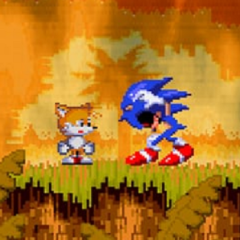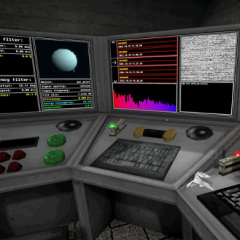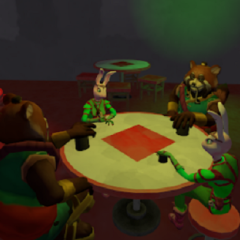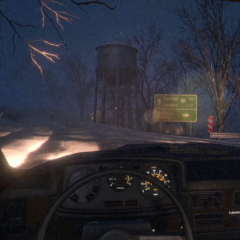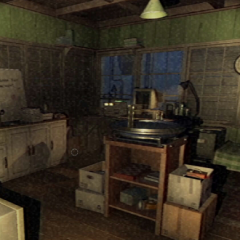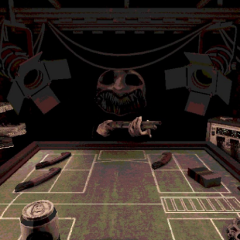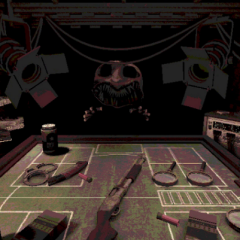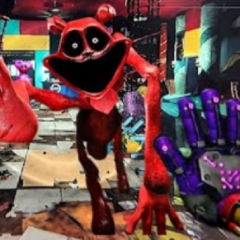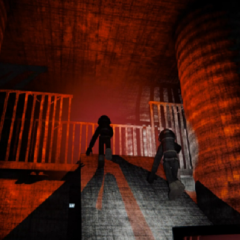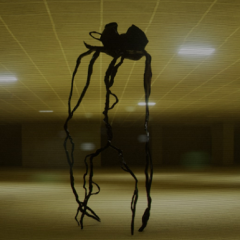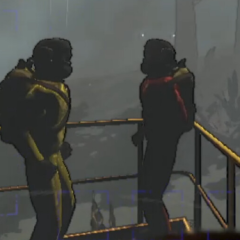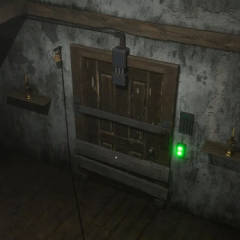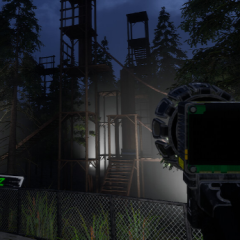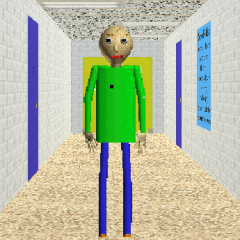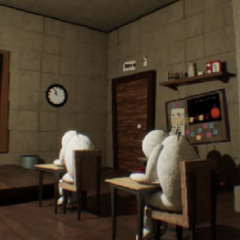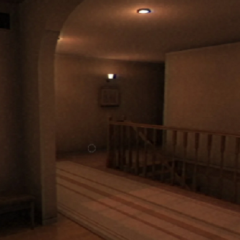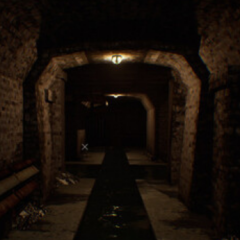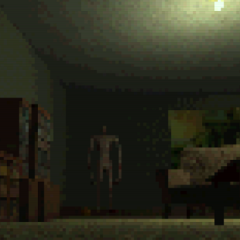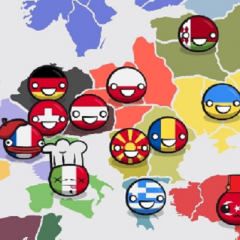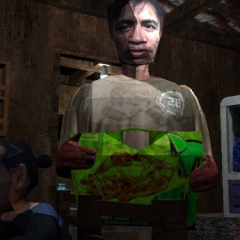Pineapple on Pizza
Pineapple on Pizza is a short first-person game that invites players to explore an island stuck in an endless state of joy. Dozens of characters dance to looping music, scattered across beaches, hills, and forests. The scene is calm but strange—everyone moves in rhythm, yet nothing ever changes. The player has no role, no direction, and no influence. The game never explains itself, offering only a peaceful but puzzling environment that seems to exist entirely without purpose.
A Place That Doesn’t Need You
From the start, you’re surrounded by movement and sound. The characters are animated, expressive, and locked in a flow of synchronized dancing. But they don’t look at you. They don’t stop. The world feels full but closed. As you walk through the island, the realization sets in: your presence doesn’t matter here. Still, curiosity grows. One structure breaks the pattern—a silent volcano in the center, standing apart from the noise and energy.
An Action That Breaks the Spell
If you choose to climb the volcano and jump inside, the game’s mood changes completely. The music stops. Every dancer freezes. The island becomes quiet. It’s not a dramatic event—there are no effects or dialogue—but the impact is immediate. The world that once felt alive is now suspended, as if the celebration was being held together by an invisible thread that you just severed.
Key parts of the experience include:
· Unstructured exploration in a looping environment
· No UI, objectives, or progression systems
· One silent, irreversible player decision
· Contrast-driven storytelling through sound and movement
· A compact play session lasting only a few minutes
No Answers, Just Reflection
Pineapple on Pizza never tells you what it means. It gives you a moment, a shift, and silence—and leaves the rest to you. Was the joy genuine or forced? Did your action free the island or destroy it? The game doesn’t say. It trusts the player to interpret its meaning through experience, not explanation.
This title uses minimalism to its advantage, building emotion not through plot or dialogue but through contrast. It’s a reminder that even in the simplest designs, games can create powerful emotional responses—ones that stay with the player long after the screen goes dark.

